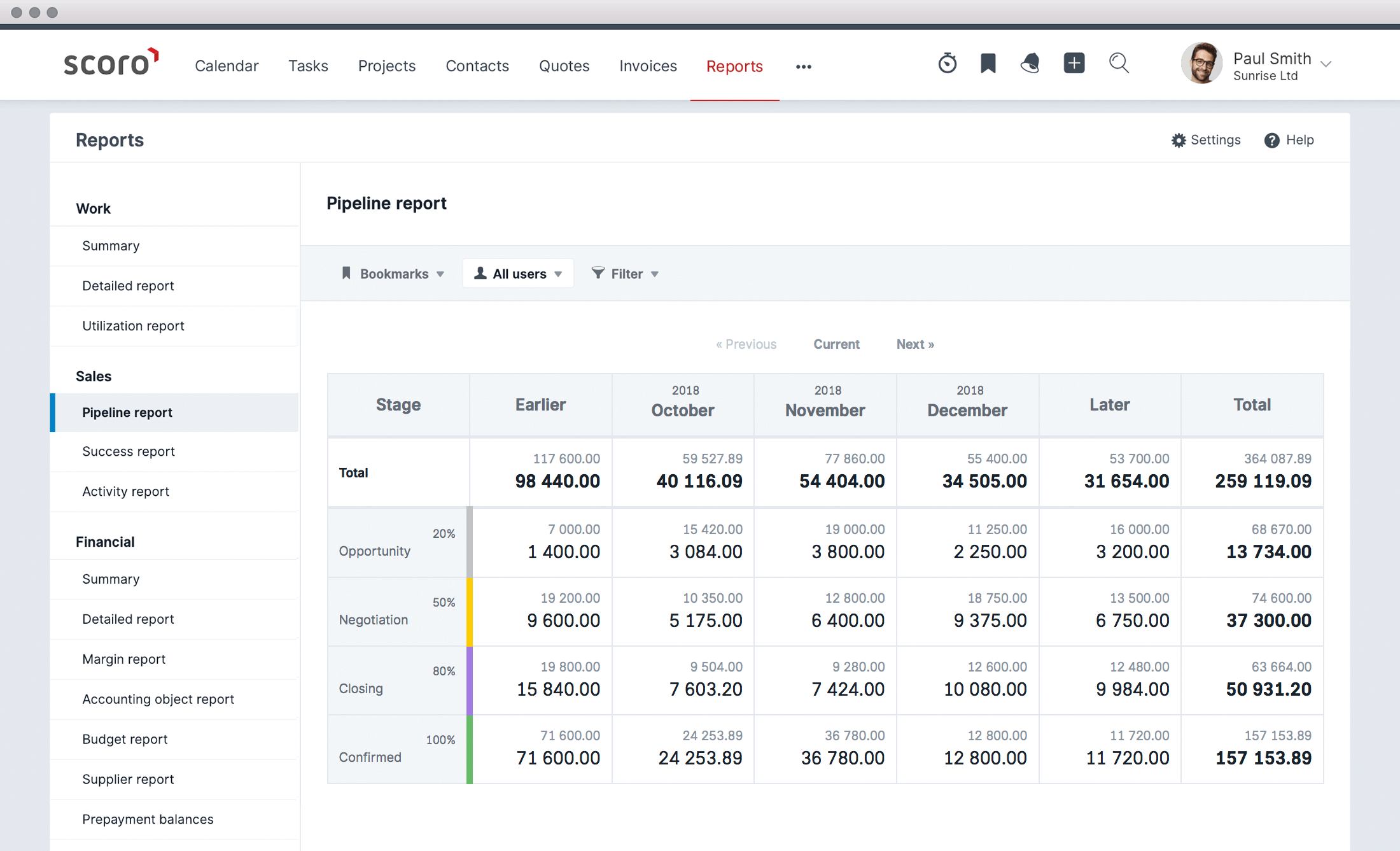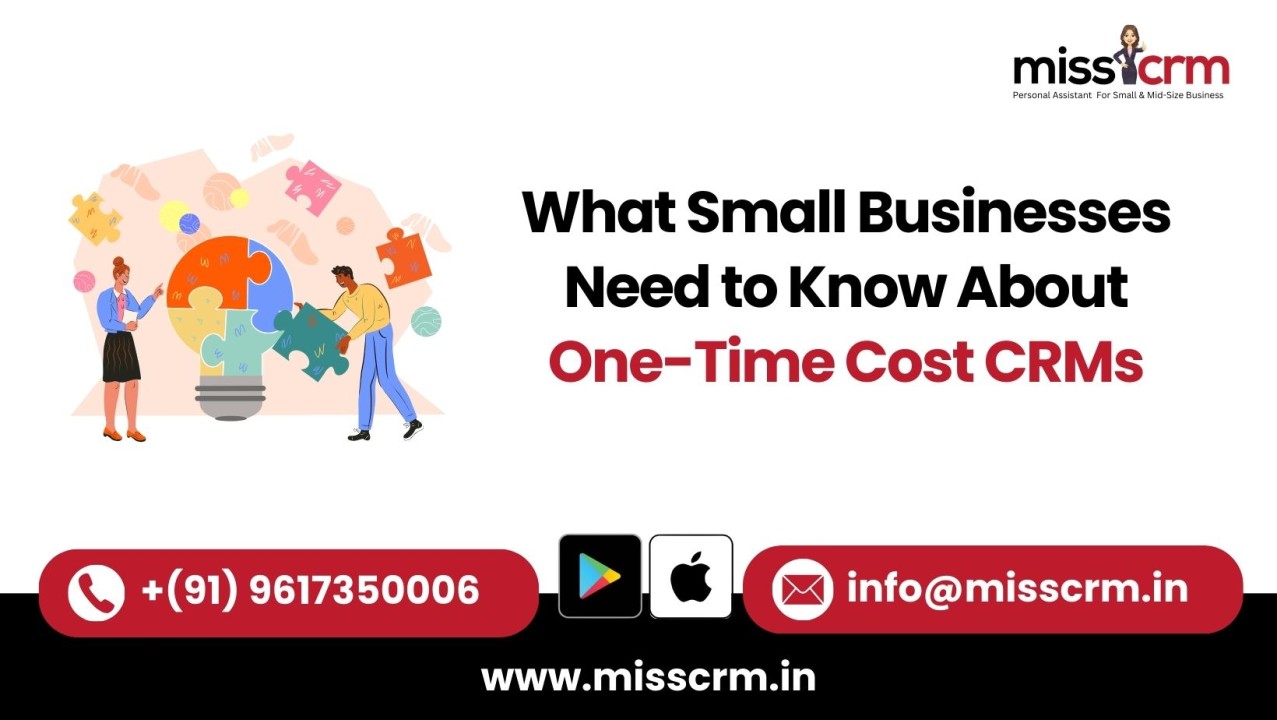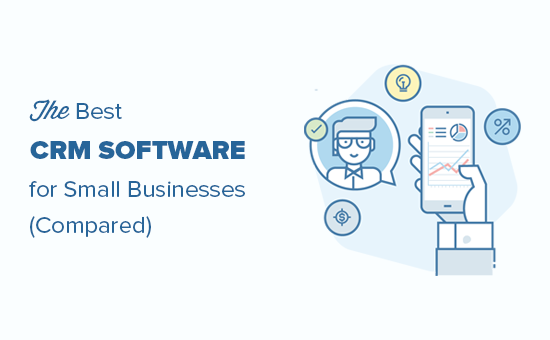Small Business CRM Implementation Guide: Your Step-by-Step Blueprint for Success
Small Business CRM Implementation Guide: Your Step-by-Step Blueprint for Success
Ready to supercharge your small business with a CRM? This comprehensive guide walks you through every step of the implementation process, from planning and selection to training and optimization. Let’s get started!
Understanding the Power of CRM for Small Businesses
In today’s competitive landscape, small businesses need every advantage they can get. Customer Relationship Management (CRM) systems offer a powerful suite of tools designed to streamline operations, improve customer interactions, and ultimately, boost the bottom line. But what exactly is a CRM, and why is it so crucial for your small business?
At its core, a CRM is a centralized hub for all your customer-related information. Think of it as a digital brain that stores and organizes everything from contact details and purchase history to communication logs and support tickets. This single source of truth allows you to:
- Improve Customer Relationships: By understanding your customers better, you can tailor your interactions to meet their specific needs and preferences.
- Enhance Sales Efficiency: CRM systems automate many of the tedious tasks associated with sales, freeing up your team to focus on closing deals.
- Boost Marketing Effectiveness: CRM data provides valuable insights into customer behavior, allowing you to create more targeted and effective marketing campaigns.
- Streamline Customer Service: Provide faster and more personalized support, leading to increased customer satisfaction and loyalty.
- Increase Revenue: By improving all the above, CRM directly contributes to increased sales and revenue growth.
For small businesses, the benefits of a CRM are amplified. You’re often juggling multiple hats and wearing several different roles. A CRM can help you stay organized, stay on top of leads, and provide excellent customer service, even when you’re short on time and resources.
Pre-Implementation Planning: Setting the Foundation
Before you jump into selecting and implementing a CRM, it’s essential to lay a solid foundation. This pre-implementation planning phase is critical for ensuring a successful rollout and maximizing the value of your investment. Here’s what you need to consider:
1. Define Your Goals and Objectives
What do you hope to achieve with a CRM? Are you primarily focused on increasing sales, improving customer service, or streamlining marketing efforts? Clearly defining your goals will guide your CRM selection process and help you measure your success. Some common goals include:
- Increasing sales conversion rates
- Reducing customer churn
- Improving customer satisfaction scores
- Shortening sales cycles
- Boosting marketing ROI
2. Assess Your Current Processes
Take a close look at how your business currently manages customer interactions. What are your existing sales, marketing, and customer service processes? Identify any pain points or inefficiencies that a CRM could address. Documenting your current processes will help you map them to the CRM and ensure a smooth transition.
3. Identify Key Stakeholders
Who will be using the CRM? Involve key stakeholders from sales, marketing, customer service, and management in the planning process. Their input is crucial for understanding their needs and ensuring the CRM meets their requirements. Get their buy-in early on to facilitate adoption later.
4. Evaluate Your Budget
CRM systems come in a wide range of price points, from free and open-source options to enterprise-level solutions. Determine how much you’re willing to spend on a CRM, including software licenses, implementation costs, training, and ongoing maintenance. Consider both the initial investment and the long-term costs to make an informed decision.
5. Data Migration Planning
Where is your customer data currently stored? Do you have spreadsheets, email lists, or other databases? Plan how you will migrate your existing data into the CRM. This may involve cleaning and formatting the data to ensure accuracy and consistency. Consider the volume of data you have and the time it will take to migrate it.
Selecting the Right CRM for Your Small Business
Choosing the right CRM is a critical decision. There’s no one-size-fits-all solution, so it’s crucial to find a system that aligns with your specific needs and budget. Here’s a step-by-step approach to guide your selection process:
1. Research CRM Vendors
Start by researching different CRM vendors. Read reviews, compare features, and explore case studies to get a sense of their strengths and weaknesses. Some popular options for small businesses include:
- HubSpot CRM: A free CRM with powerful features for sales and marketing.
- Zoho CRM: A comprehensive CRM with a wide range of integrations and affordable pricing.
- Salesforce Sales Cloud: A leading CRM with robust features, but can be more complex and expensive.
- Pipedrive: A sales-focused CRM designed for ease of use.
- Insightly: A CRM ideal for small businesses and project management.
2. Define Your Must-Have Features
Based on your goals and objectives, create a list of must-have features for your CRM. Consider features such as:
- Contact management
- Lead management
- Sales pipeline management
- Marketing automation
- Reporting and analytics
- Integration with other tools (e.g., email marketing, accounting software)
- Mobile accessibility
3. Evaluate CRM Options
Narrow down your list of potential CRM vendors based on your research and feature requirements. Request demos or free trials to evaluate the systems firsthand. Pay attention to ease of use, user interface, and overall functionality.
4. Consider Scalability
Choose a CRM that can grow with your business. Consider whether the system can accommodate your future needs, such as adding more users, expanding your features, or integrating with new tools. A CRM that can scale will save you the hassle of switching systems down the road.
5. Assess Pricing and Support
Compare pricing plans and understand the associated costs. Consider the level of customer support offered by each vendor. Look for options that provide training, documentation, and responsive customer service to help you get the most out of your CRM.
Implementation: Putting Your CRM into Action
Once you’ve selected your CRM, it’s time to implement it. This phase involves setting up the system, migrating your data, and training your team. Here’s a detailed guide to help you through the process:
1. System Setup and Configuration
Configure the CRM to meet your specific needs. This may involve customizing the user interface, setting up workflows, and integrating with other tools. Follow the vendor’s documentation and seek assistance from their support team if needed. Ensure the CRM is set up to reflect your sales process, marketing campaigns, and customer service protocols.
2. Data Migration and Import
Import your existing customer data into the CRM. Clean and format the data to ensure accuracy and consistency. Most CRM systems provide tools for importing data from spreadsheets or other databases. Test the data import process to verify that all information is correctly transferred.
3. User Training
Provide comprehensive training to your team on how to use the CRM. This should include training on all the relevant features and functionalities. Offer different training sessions for different roles, such as sales representatives, marketing specialists, and customer service agents. Document the training sessions so new employees can be trained later.
4. Customization and Integration
Customize the CRM to align with your business processes. This may involve creating custom fields, setting up automated workflows, and integrating with other tools. The extent of customization depends on the CRM’s capabilities and your specific requirements. Proper integration ensures a seamless flow of information between your CRM and other business systems.
5. Testing and Refinement
Test the CRM thoroughly before rolling it out to your entire team. Identify and resolve any issues or bugs. Gather feedback from users and make adjustments as needed. Refinement is an ongoing process. Monitor the CRM’s performance and make improvements based on user feedback and evolving business needs.
Training and Onboarding: Empowering Your Team
Successful CRM implementation hinges on effective training and onboarding. Your team needs to understand how to use the system and how it benefits them. Here’s how to make the training process effective:
1. Develop a Training Plan
Outline a comprehensive training plan that covers all aspects of the CRM. Tailor the training to different roles and responsibilities. Create training materials, such as user manuals, video tutorials, and quick reference guides.
2. Conduct Training Sessions
Schedule training sessions for your team. Consider conducting both in-person and online training sessions. Provide hands-on training and encourage active participation. Allow time for questions and answers.
3. Provide Ongoing Support
Offer ongoing support to your team after the initial training. Provide access to documentation, FAQs, and customer support. Encourage users to ask questions and seek help when needed. Make sure everyone on your team understands where to go for help.
4. Encourage Adoption
Emphasize the benefits of using the CRM and how it can improve their work. Highlight success stories and best practices. Recognize and reward users who actively use the CRM. Foster a positive culture of CRM adoption within your organization.
5. Monitor and Evaluate
Track CRM usage and monitor user adoption rates. Collect feedback from users and identify areas for improvement. Continuously refine your training program and onboarding process to ensure it meets the needs of your team.
Data Migration and Integration: Making it Seamless
Moving your data into a new CRM system can seem daunting, but with careful planning, it can be a smooth process. Integration with other tools is also key to making the CRM work for you. Here’s how to approach data migration and integration:
1. Data Preparation
Before importing your data, clean it up and organize it. This may involve removing duplicates, correcting errors, and standardizing formatting. Ensure your data is accurate and consistent to avoid problems later.
2. Data Import
Use the CRM’s data import tools to upload your data. Follow the vendor’s instructions and test the import process to ensure all data is correctly transferred. If necessary, seek assistance from the vendor’s support team.
3. Integration with Other Tools
Integrate your CRM with other tools, such as email marketing platforms, accounting software, and social media channels. This will allow data to flow seamlessly between your systems, saving you time and improving accuracy. Integration also boosts automation.
4. Testing and Validation
After importing and integrating your data, test the system thoroughly. Verify that all data is correct and that integrations are working as expected. Address any issues or errors promptly.
5. Ongoing Data Management
Establish procedures for ongoing data management. Regularly update your data, remove duplicates, and maintain data accuracy. This will ensure your CRM remains a reliable source of information.
Post-Implementation and Optimization: Keeping it Running Smoothly
Your work doesn’t end after implementation. To get the most out of your CRM, you need to continuously optimize it and ensure it’s working effectively. Here’s how to approach post-implementation and optimization:
1. Monitor and Analyze Performance
Track key metrics, such as sales conversion rates, customer churn, and customer satisfaction scores. Analyze the data to identify areas for improvement. Use the CRM’s reporting and analytics tools to gain insights.
2. Gather User Feedback
Collect feedback from your team on their experience using the CRM. Identify any pain points or areas where the system could be improved. Use this feedback to make adjustments and optimize the system.
3. Provide Ongoing Training and Support
Offer ongoing training and support to your team. Provide refresher courses and answer any questions they may have. Ensure your team has the skills and knowledge they need to use the CRM effectively.
4. Regularly Review and Update
Regularly review your CRM configuration and make updates as needed. As your business evolves, your CRM needs to adapt. Stay up-to-date with the latest features and functionalities. Update the CRM to reflect changes in your business processes.
5. Measure ROI
Determine the return on investment (ROI) of your CRM. Measure the impact of the CRM on your sales, marketing, and customer service efforts. Use the data to justify your investment and identify areas for further optimization.
Troubleshooting Common CRM Implementation Challenges
Even with careful planning, you may encounter challenges during CRM implementation. Here are some common issues and how to address them:
1. Data Migration Issues
Data migration can be time-consuming and prone to errors. To mitigate this, clean and format your data before importing it. Test the data import process thoroughly. If you face issues, seek assistance from the CRM vendor’s support team.
2. User Adoption Problems
Lack of user adoption is a common issue. To address this, provide comprehensive training and ongoing support. Emphasize the benefits of using the CRM and encourage active participation. Recognize and reward users who actively use the system.
3. Integration Difficulties
Integrating your CRM with other tools can be complex. To overcome this, follow the vendor’s instructions and seek assistance from their support team. Test the integrations thoroughly. Ensure compatibility between your CRM and other systems.
4. Lack of Customization
If the CRM doesn’t meet your specific needs, customize it to align with your business processes. Create custom fields, set up automated workflows, and integrate with other tools. Tailor the system to your unique requirements.
5. Budget Overruns
CRM implementation can be expensive. To avoid budget overruns, carefully plan your budget and stick to it. Monitor your spending and make adjustments as needed. Consider the long-term costs, including software licenses, implementation, training, and ongoing maintenance.
Maximizing CRM ROI: Key Strategies
To maximize the return on your CRM investment, focus on these key strategies:
1. Focus on Data Quality
Accurate and complete data is essential for effective CRM use. Implement procedures to ensure data quality, such as data cleaning, validation, and ongoing updates. Regularly review and update your data.
2. Automate Processes
Use the CRM’s automation features to streamline your business processes. Automate tasks such as lead assignment, email marketing, and follow-up communications. Automation saves time and improves efficiency.
3. Personalize Customer Interactions
Use the CRM data to personalize your customer interactions. Tailor your communication, offers, and support to meet the specific needs and preferences of each customer. Personalization improves customer engagement and loyalty.
4. Leverage Reporting and Analytics
Use the CRM’s reporting and analytics tools to gain insights into your business performance. Track key metrics, such as sales conversion rates, customer churn, and marketing ROI. Use the data to make informed decisions.
5. Continuous Improvement
Continuously monitor and improve your CRM usage. Gather feedback from your team and identify areas for improvement. Regularly review your CRM configuration and make updates as needed. Stay up-to-date with the latest features and functionalities.
Conclusion: Embracing the CRM Advantage
Implementing a CRM system is a significant step towards improving your small business’s efficiency, customer relationships, and overall success. By following the step-by-step guide outlined in this article, you can navigate the implementation process effectively. Remember to prioritize careful planning, thorough training, and ongoing optimization. Embrace the power of CRM, and watch your business thrive!




